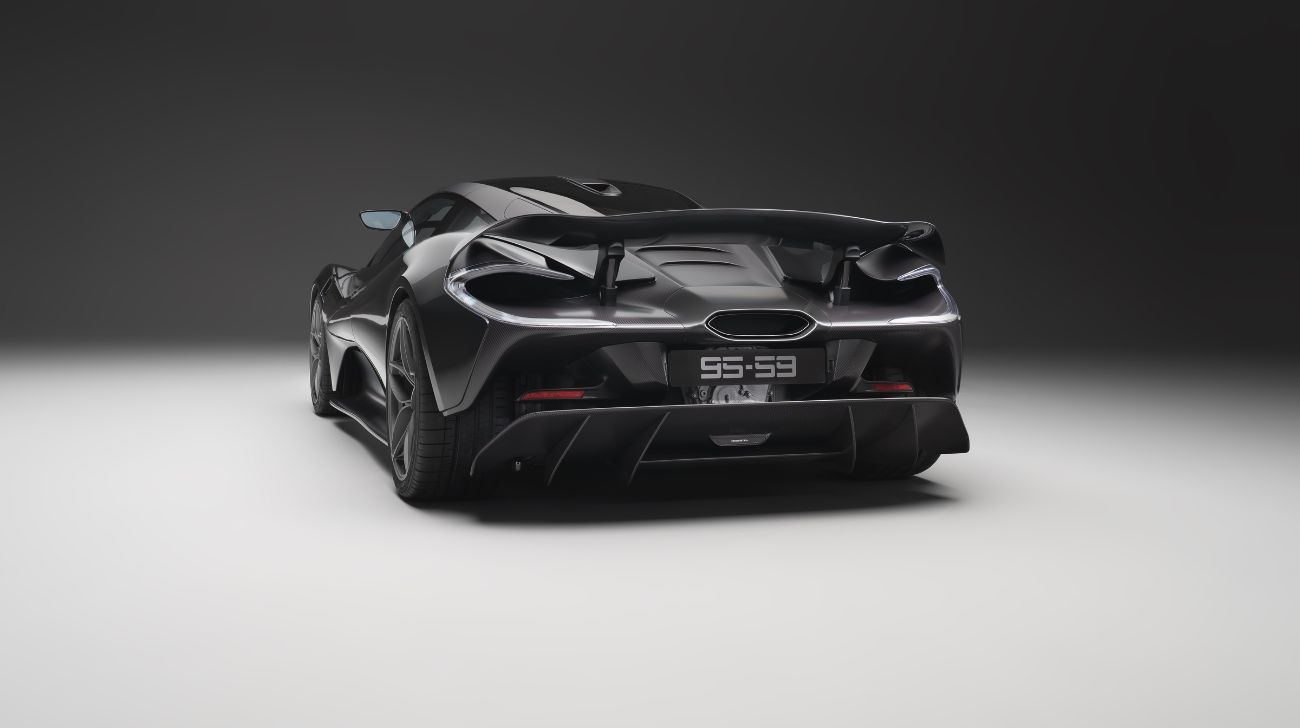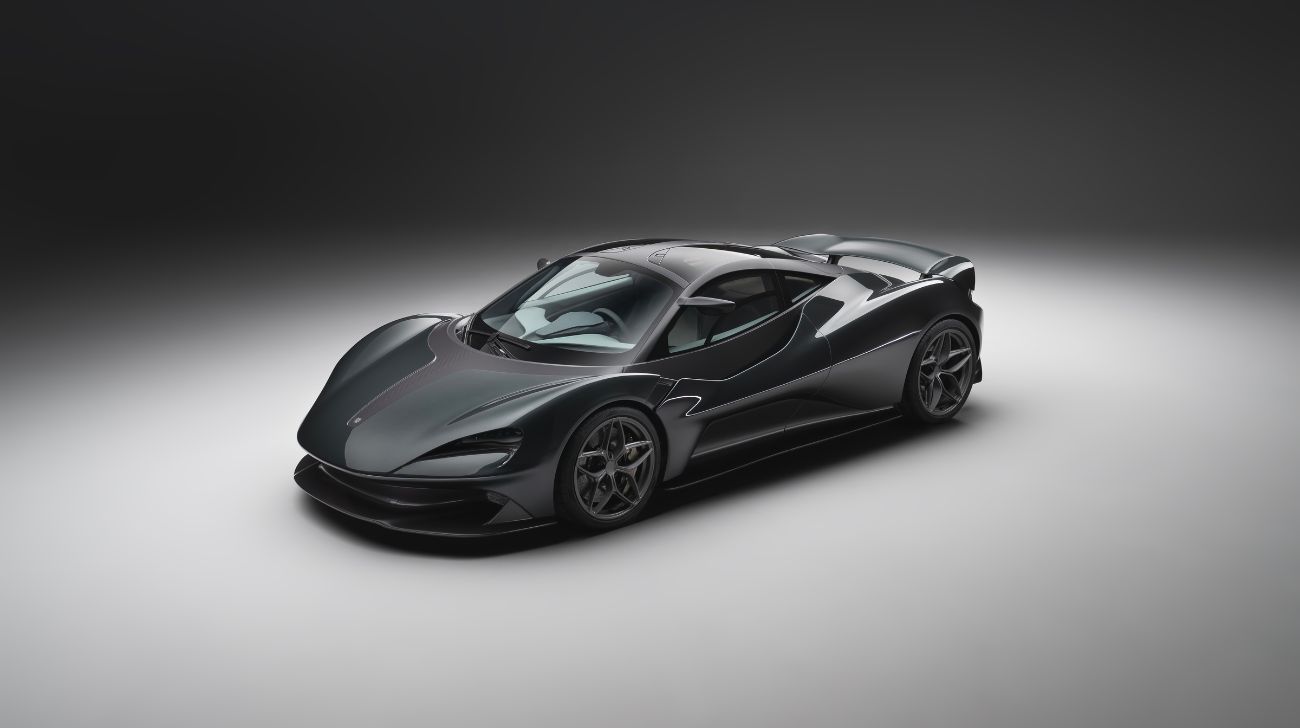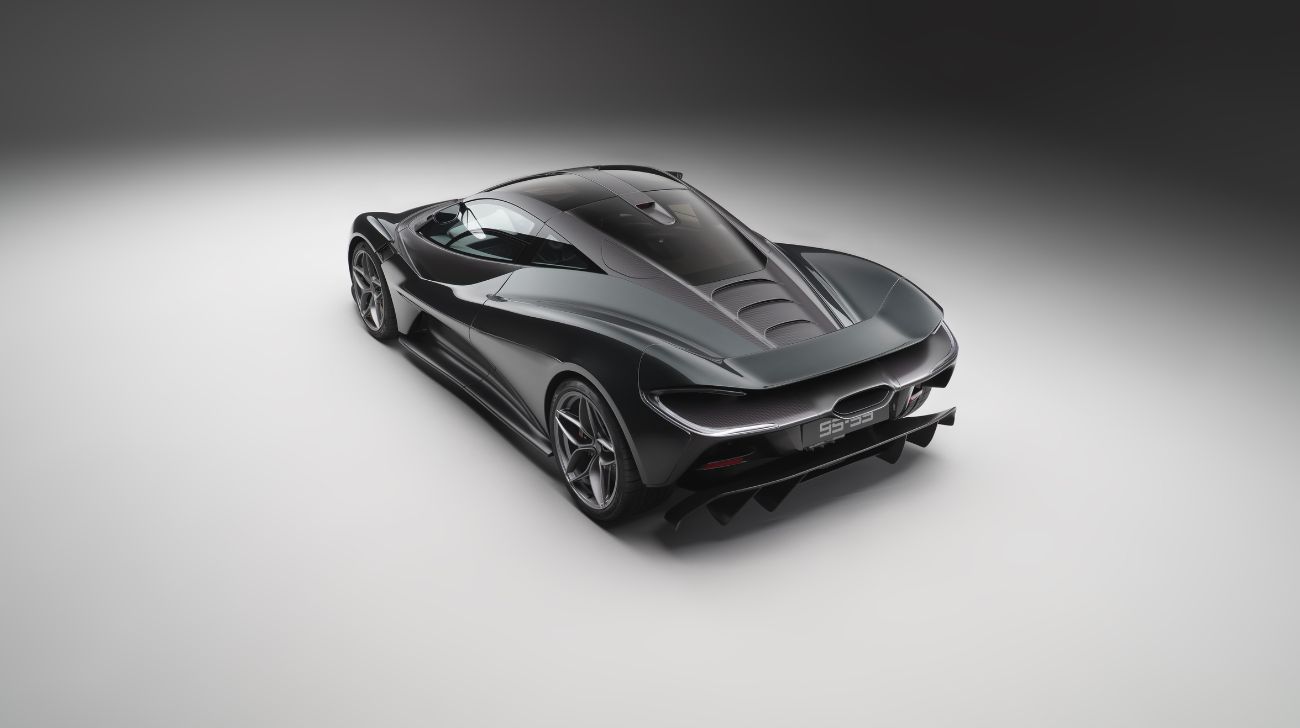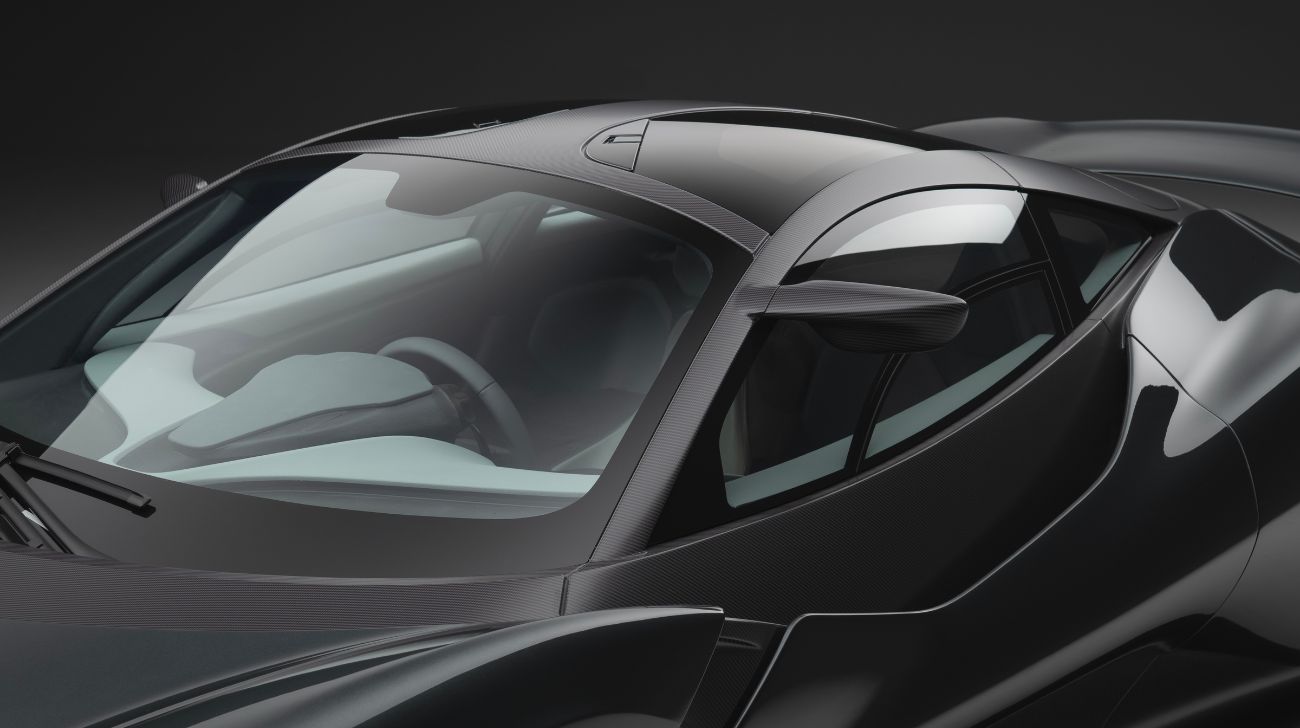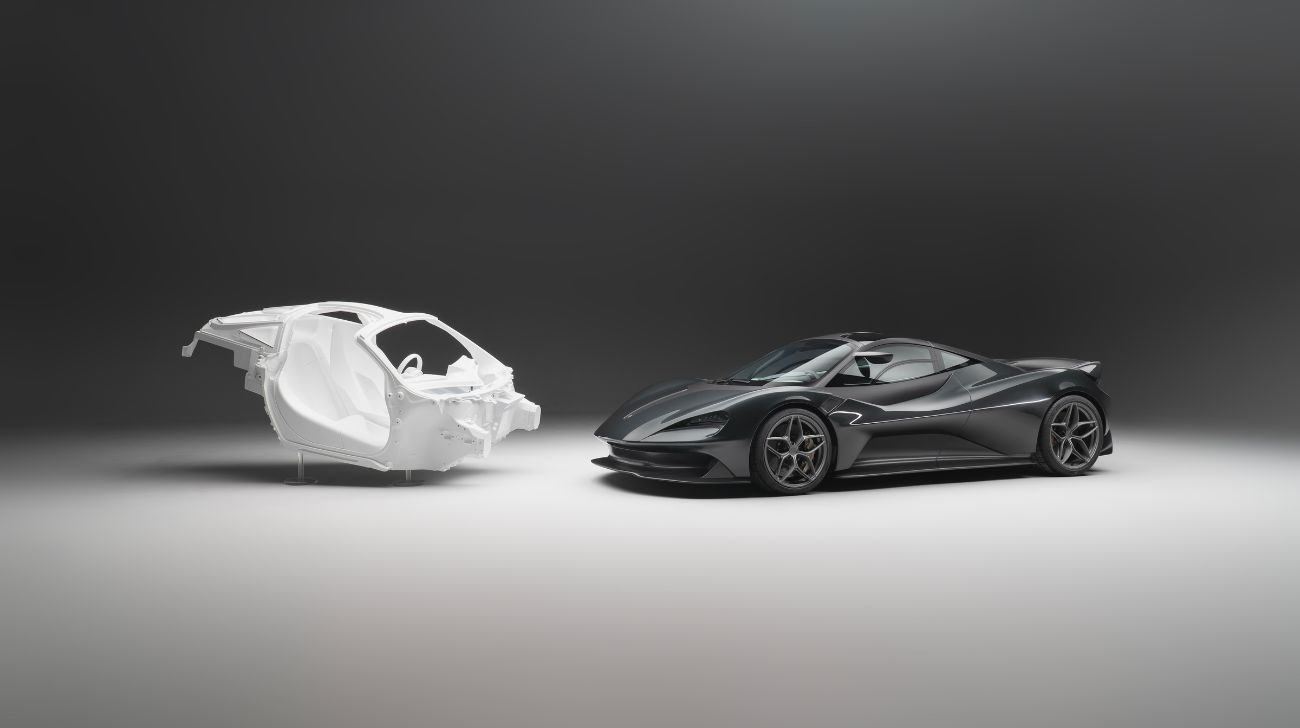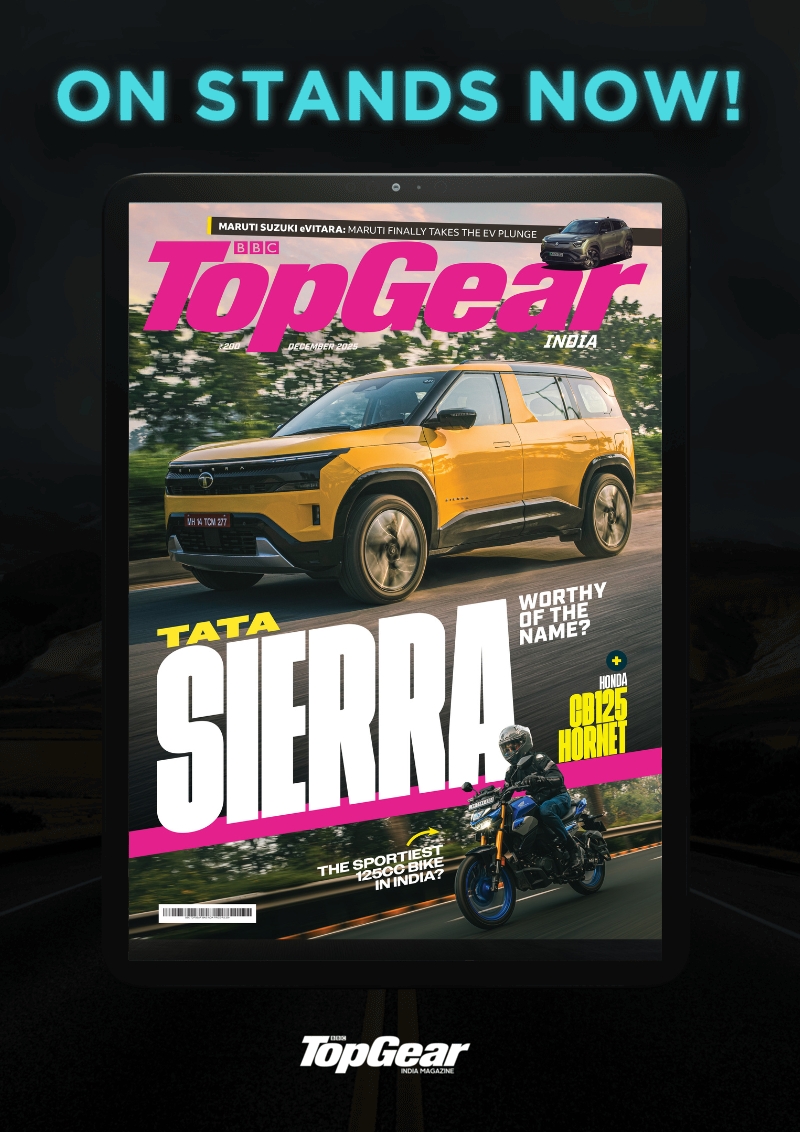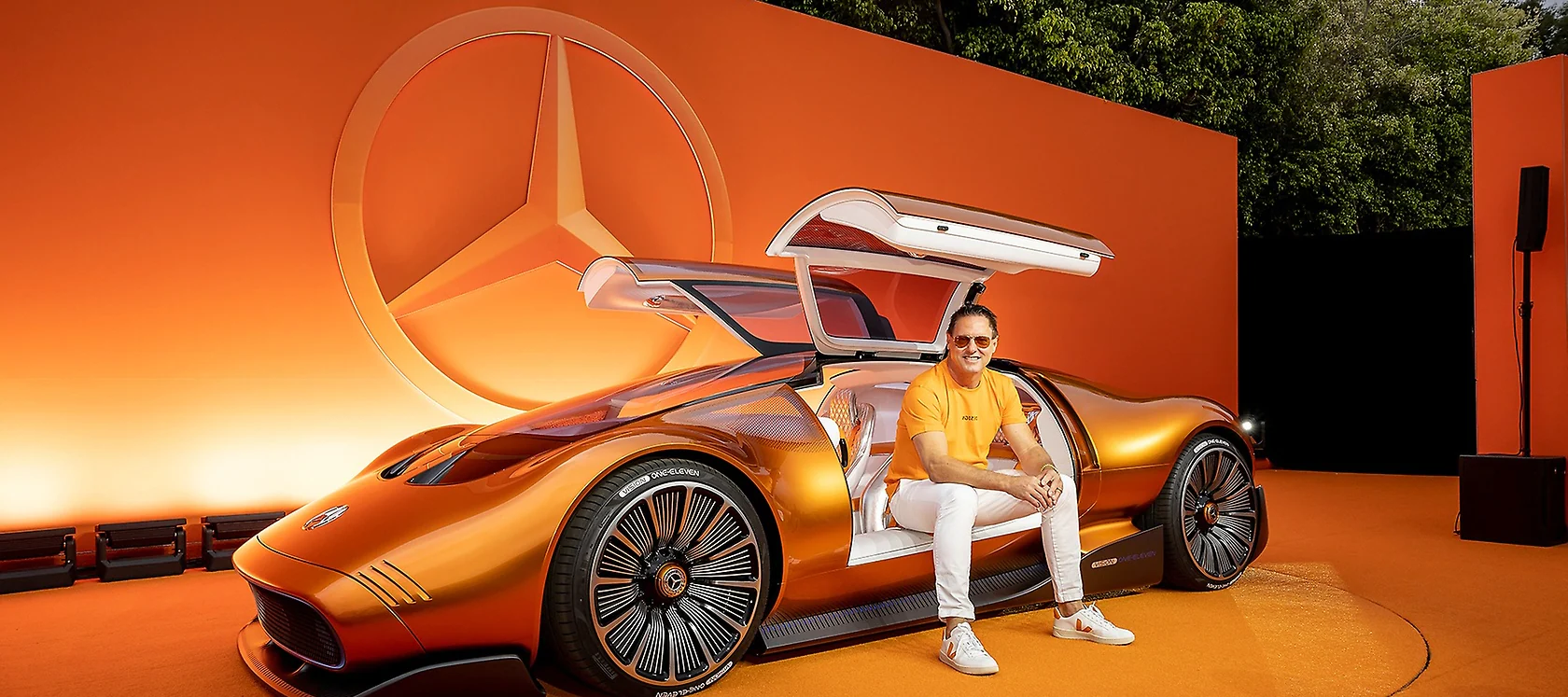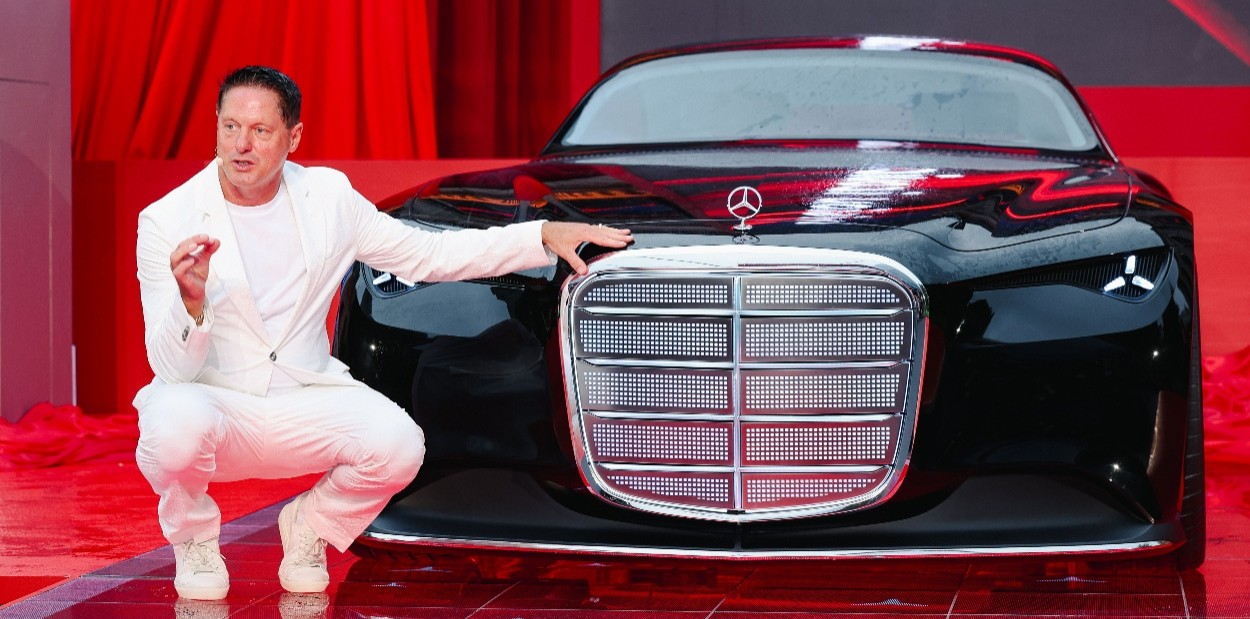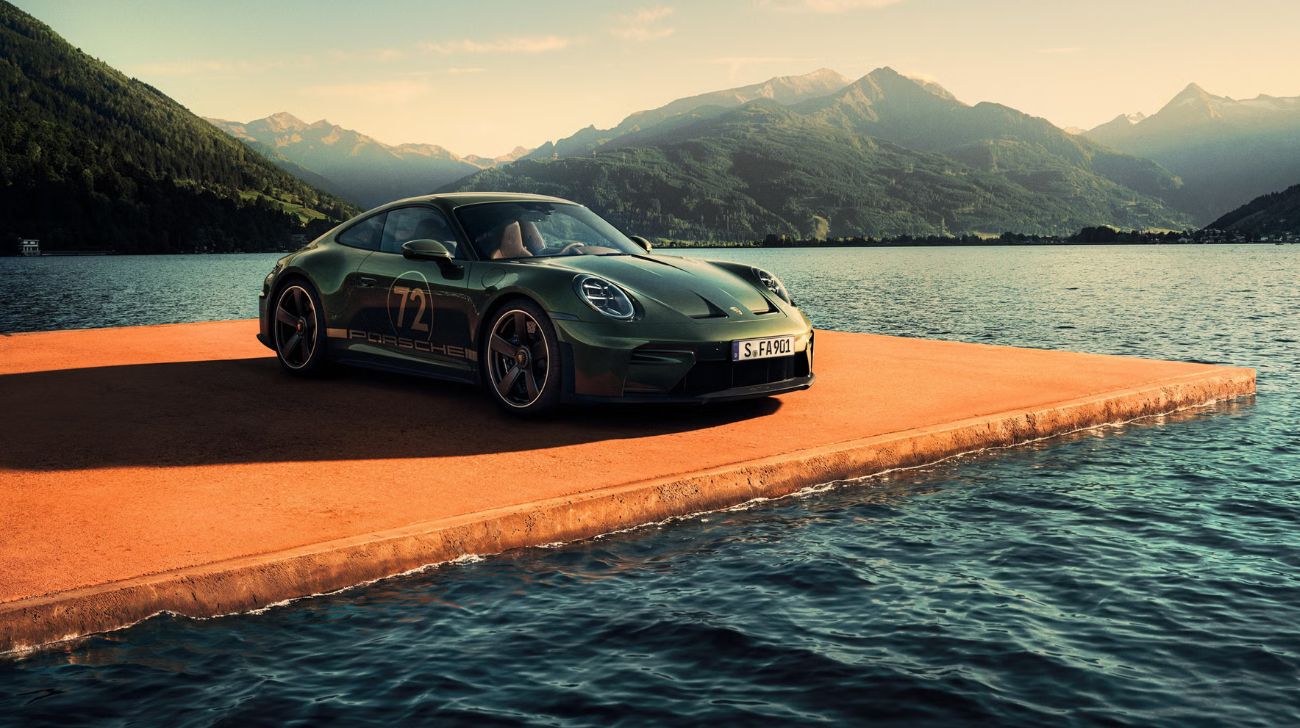Lanzante has officially unveiled its latest creation, the 95-59, at the Goodwood Festival of Speed. This extraordinary three-seat supercar serves as a thrilling 30th-anniversary tribute to Lanzante's outright victory at the 1995 24 Hours of Le Mans. The name "95-59" itself is a direct nod to this historic win: "95" for the year and "59" for the race number of the triumphant car.
Also Read: Delhi's Great U-Turn: Old Cars Live to Drive Another Day
A Driver-Centric Masterpiece
The 95-59 is designed with a singular focus: the driver. "This is the car I have always wanted to build," states Dean Lanzante, emphasising the unique experience of a central driving position. This philosophy is evident in the bespoke three-seat cabin, which places the driver at the very heart of the action. The interior features a lightweight, movable central seat flanked by two integrated passenger seats, all within a re-engineered carbon-fibre chassis.
Beyond its seating configuration, the 95-59 aims for real-world usability. It boasts luggage space and an extended cruising range, ensuring owners can truly enjoy the car. This commitment to practicality, combined with modern technologies and a pared-back approach to maintain driver focus, stems from extensive discussions with a select group of clients, including current and previous owners of three-seat models.
Power and Precision: Engineering Excellence
Underneath its sculpted carbon-fibre bodywork, the 95-59 houses a revised 4.0-litre V8 twin-turbo engine, delivering in excess of 850bhp and 880Nm of torque. This power is managed by a seven-speed SSG transmission. The car's core is based on a current McLaren platform, utilising a carefully re-engineered carbon-fibre monocoque chassis that provides the necessary strength and versatility.
A target weight of just 1,250kg contributes to the 95-59's impressive performance. With the optional 'LM30 Pack,' the power-to-weight ratio reaches an astounding 700bhp per tonne, placing it among an exclusive group of supercars. The LM30 Pack itself shaves off approximately 20kgs through components like super-lightweight forged aluminium wheels, Inconel exhaust headers, titanium pipes and body fixings, and gold-plated heat-shielding for superior heat protection.
A Design Born from Organic Forms and Obsession
The design of the 95-59 was led by renowned automotive designer Paul Howse, known for his work on the McLaren P1 and 720S. Howse's design philosophy revolves around the efficiency of organic shapes and a cohesive link between the exterior and interior. The result is a car that exhibits perfect symmetry and balance.
The exterior features a "two-layered" design, where the lower, visual carbon-fibre surfaces manage aerodynamics, creating downforce and ejecting high pressure from the front wheel wells. The upper surfaces are then tightly wrapped over this. Distinctive elements include a low-level leading edge of the nose, a seamless single-piece clamshell bonnet with a signature central 'V', and an integrated duct along its trailing edge to reduce air pressure over the front wheels. The dramatic rear boasts a low-level deck, a centrally mounted titanium exhaust inspired by the F22 fighter jet, and a floating active aero rear wing that can be deployed for increased downforce. The car sits on newly designed lightweight forged aluminium wheels, 19-inch at the front and 20-inch at the rear, with links to the F1 GTR.
The interior seamlessly integrates with the exterior design language. Dihedral doors open to a cabin flooded with light from glass roof panels. Functional switch packs are relocated for ease of entry and exit, and transmission buttons are instinctively placed on the steering wheel. Further controls are ergonomically positioned in the roof pod and within easy reach of the centrally mounted steering wheel, complemented by minimal information displayed on single screens to minimise distraction.
Also Read: Don't Float, Drive! Mastering Hydroplaning on India's Wet Roads

